On the face of it, nothing was achieved on the matter of crossing points at this week’s enlarged meeting on the Cyprus problem in New York.
The reality on the ground remains exactly as it was before dignitaries from the island’s two sides and three guarantor powers descended on the United States, with a total of nine crossing points existing in total, the most recent of which opening in the village of Apliki, near Lefka, and in the village of Dherynia, near Famagusta, in 2018.
However, with the Cyprus problem having seen precious little progress in recent years, signs of progress can be smaller and still be noticed.
More than eight years have passed since the failed Crans Montana negotiations, and the opening of the Apliki and Dherynia crossing points is now almost seven years in the past.
The island has become used to deadlock in the intervening period, though in New York this week, there was a sense that the wheels on the Cyprus problem train, rusty though they may be, may be beginning to turn once more.
This, in short, is because both sides’ rhetoric is noticeably softening, and, at least on the matter of crossing points, is softening quickly.
President Nikos Christodoulides said in his press conference in the early hours of Friday morning that he had in principle accepted the Turkish Cypriot side’s proposal for crossing points to be opened in the eastern Nicosia suburb of Mia Milia and in the village of Louroujina, between Nicosia and Larnaca.
“We did not just accept the Turkish Cypriot side’s proposal for the two crossing points, one in Mia Milia and one in Louroujina, we expected there to be a response from the Turkish Cypriot side … regarding the corridor from Athienou to Aglandjia,” he said.
While such a response from the Turkish Cypriot side was not forthcoming in New York, Turkish Cypriot leader Ersin Tatar’s resolute opposition to the idea of a corridor between Athienou and Aglandjia is no longer as resolute or as categorical as it once was.
As recently as May, he had said that it “is not possible” for the Turkish Cypriot side to accept the creation of a transit corridor between Athienou and Aglandjia, given that it would connect the Republic with another part of the Republic, rather than linking the island’s two sides.
In New York, his objection was limited to the fact that the Greek Cypriot proposal would see the vast majority of the road between Athienou and Aglandjia routed through the buffer zone, rather than through the north.
There was less visible progress regarding the Greek Cypriot side’s other transit road proposal, through the Turkish Cypriot Kokkina exclave.
Christodoulides said of that idea that the Turkish side was “not in a position to make final decisions today” as the consent of the Turkish army would be required, while Tatar simply said that “we could not achieve a result”.
A transit corridor through the Kokkina exclave would likely be more difficult practically, given that since 1976, the exclave has been entirely used for military purposes and has no permanent population.
In addition, the cultural salience of Kokkina for many Turkish Cypriots, given the importance of the Battle of Tillyria in 1964, would, in practice, make a road corridor through the exclave for the use of Greek Cypriots a harder sell.
The fifth and final plan for a crossing point floated in New York was in Nicosia’s old town, with the Greek Cypriot side having suggested that one be opened on Lidinis Street, on which the Nicosia municipality centre for research, innovation, and entrepreneurship is located, and which backs onto the old ‘Bandabuliya’ municipal market, which is located in the north.
The Turkish Cypriot side rejected this proposal, though their rejection was sourced out of a matter of priority, rather than any resolute opposition to the concept as a whole or deeply held wish to slow the process down.
One Turkish Cypriot diplomatic source told the Sunday Mail the idea of a new crossing point in Nicosia’s old town is “on the agenda”, but that “the Turkish side stated that the primary need was not pedestrian crossings, but rather easing vehicle traffic”.
“Given that 65 per cent of all vehicle traffic across the island’s crossing points comes from Ayios Dhometios, the Turkish side argued that a new crossing point should be opened in Nicosia first,” the source added.
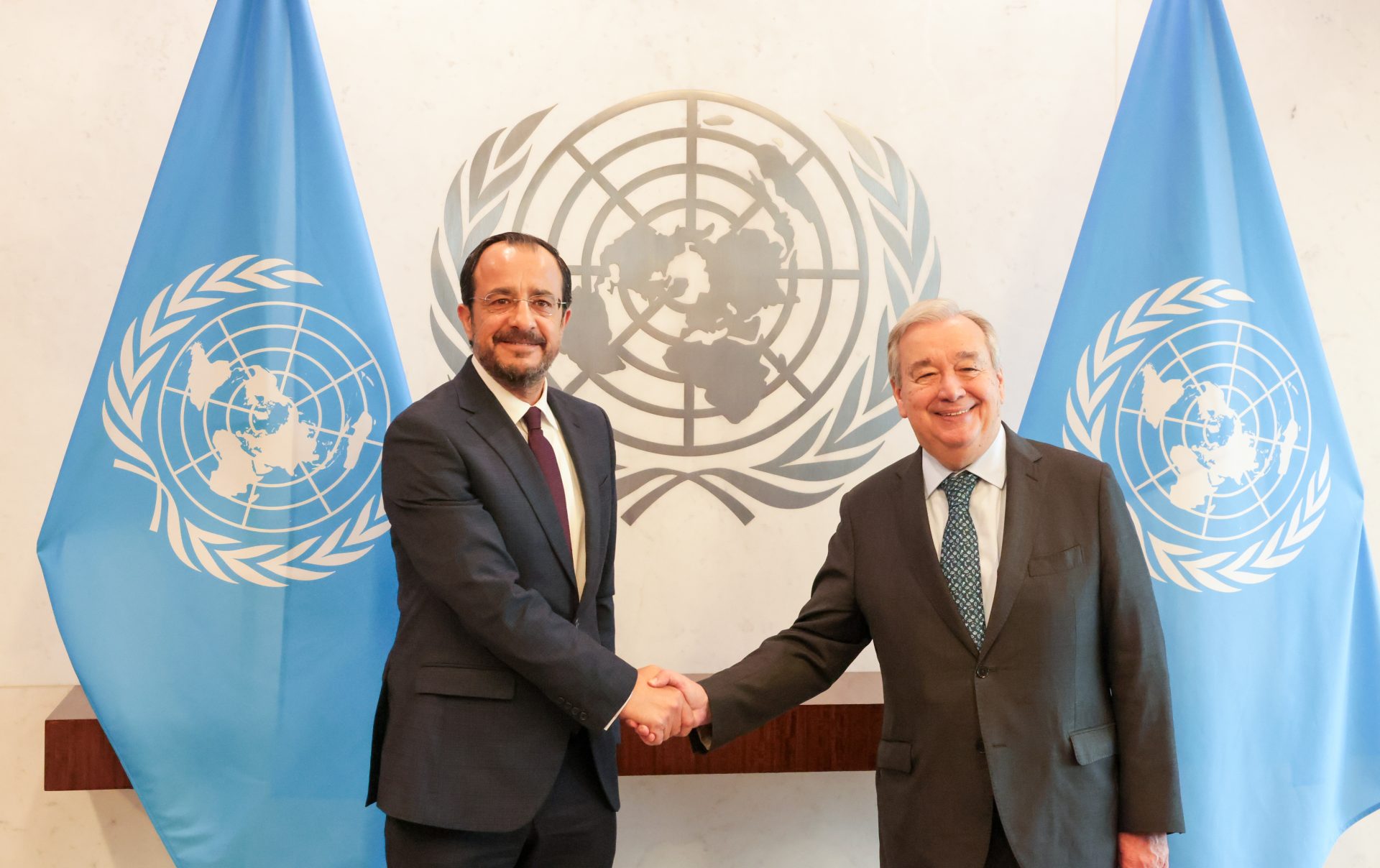
Away from the crossing points, too, there has been an observable softening of rhetoric between those present at New York.
Turkish Foreign Minister Hakan Fidan, for example, spoke of “empathy for the other side” upon his arrival in New York at the beginning of the week, and added that Turkey “has never been a country which shies away from negotiations or avoids discussing issues in a civil, rational and mature manner”.
While formal negotiations are still a way off, his tone is considerably different to that of his predecessor Mevlut Cavusoglu ahead of the ‘5+1’ conference in Geneva in 2021, when the Turkish side first presented its idea of a two-state solution.
Cavusoglu had at the time spoken of “defending our national cause” and “defending the TRNC … at any cost”.
Four years on, Fidan’s more conciliatory tone may be preparing the ground for a change in Turkish Cypriot leadership, with the spectre of this October’s election now looming large.
Tatar and challenger Tufan Erhurman, who advocates for a return to negotiations based on a federal solution, are neck-and-neck in polling, while the styles of rhetoric used by Erhurman and Fidan have been slowly but surely gravitating towards one another.
Erhurman heaped praise on Fidan for his statements during the week, and said himself that “reaching a win-win situation through mutual empathy is vital for lasting stability both on the island and in the region”.
Then, on Friday night, his party, the CTP, even criticised the United Nations for not exerting more pressure on Tatar to force him to engage in negotiations based on the previously agreed bizonal, bicommunal solution.
UN Secretary-General Antonio Guterres announced at the end of the enlarged meeting that another will take place before the end of this year, and given the constraints of the calendar, it is likely that this next enlarged meeting will take place after the Turkish Cypriot leadership election, and possibly with a new Turkish Cypriot leader in post.
If rhetoric continues to soften, and if modicums of progress continue to be made until then, the next enlarged meeting may bear tangible fruit.

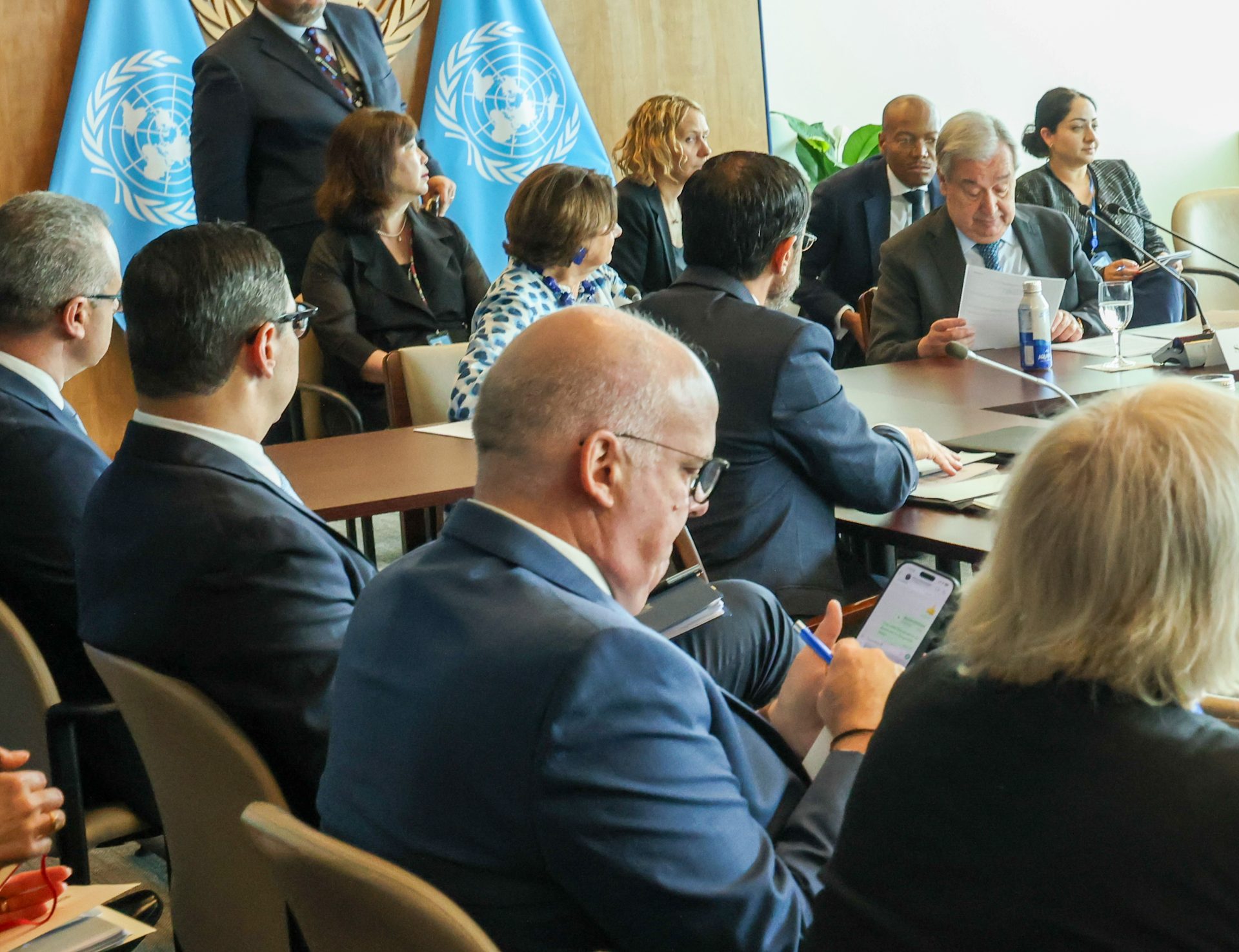
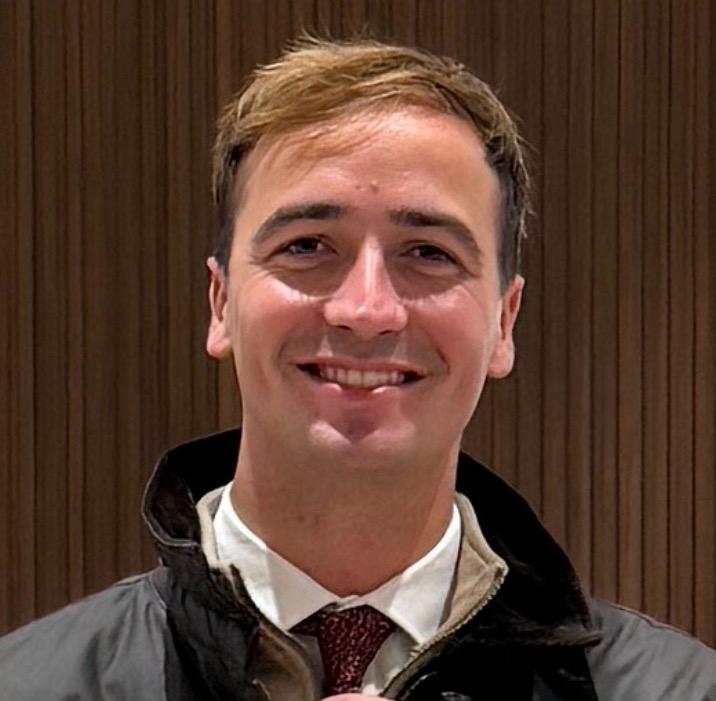

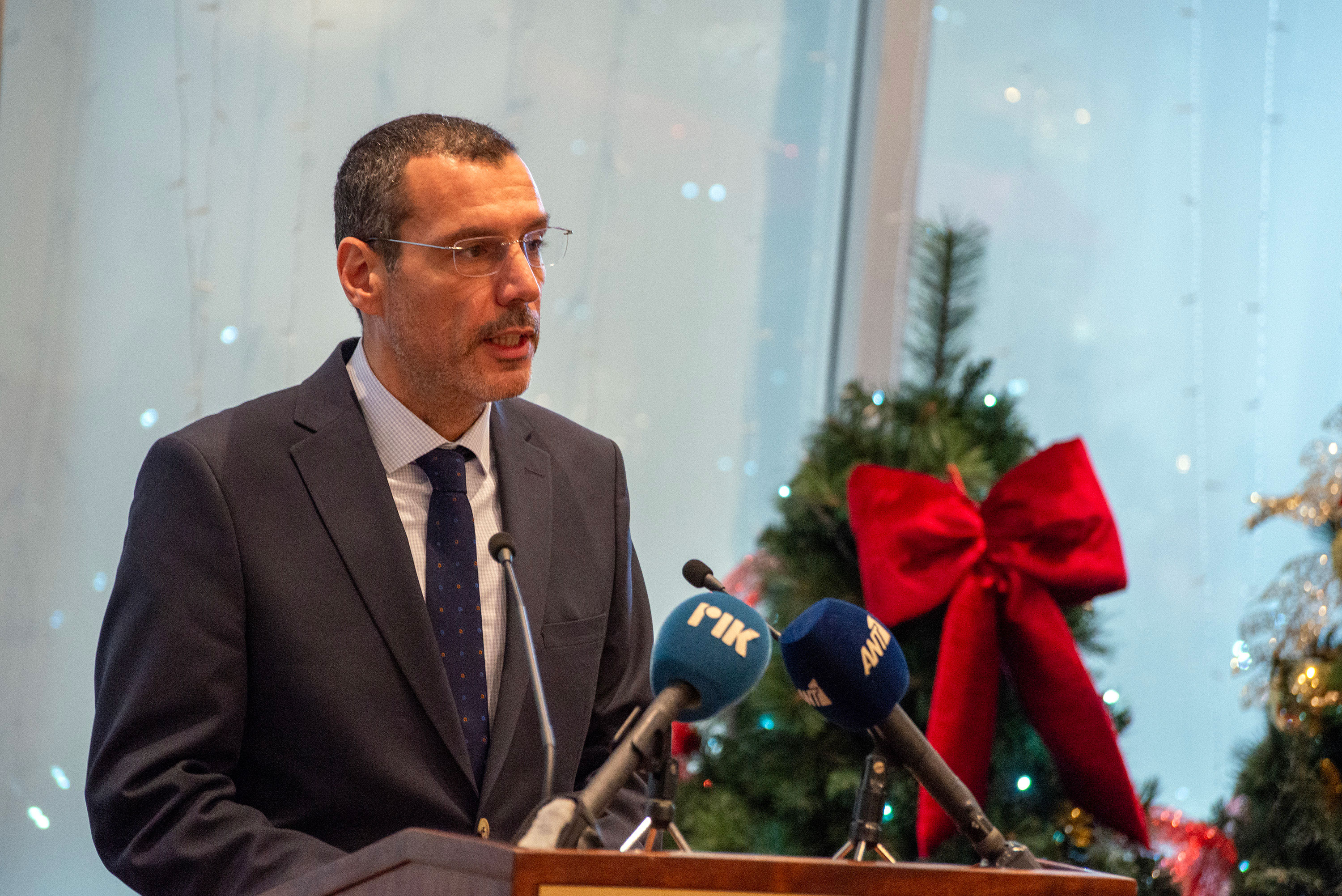
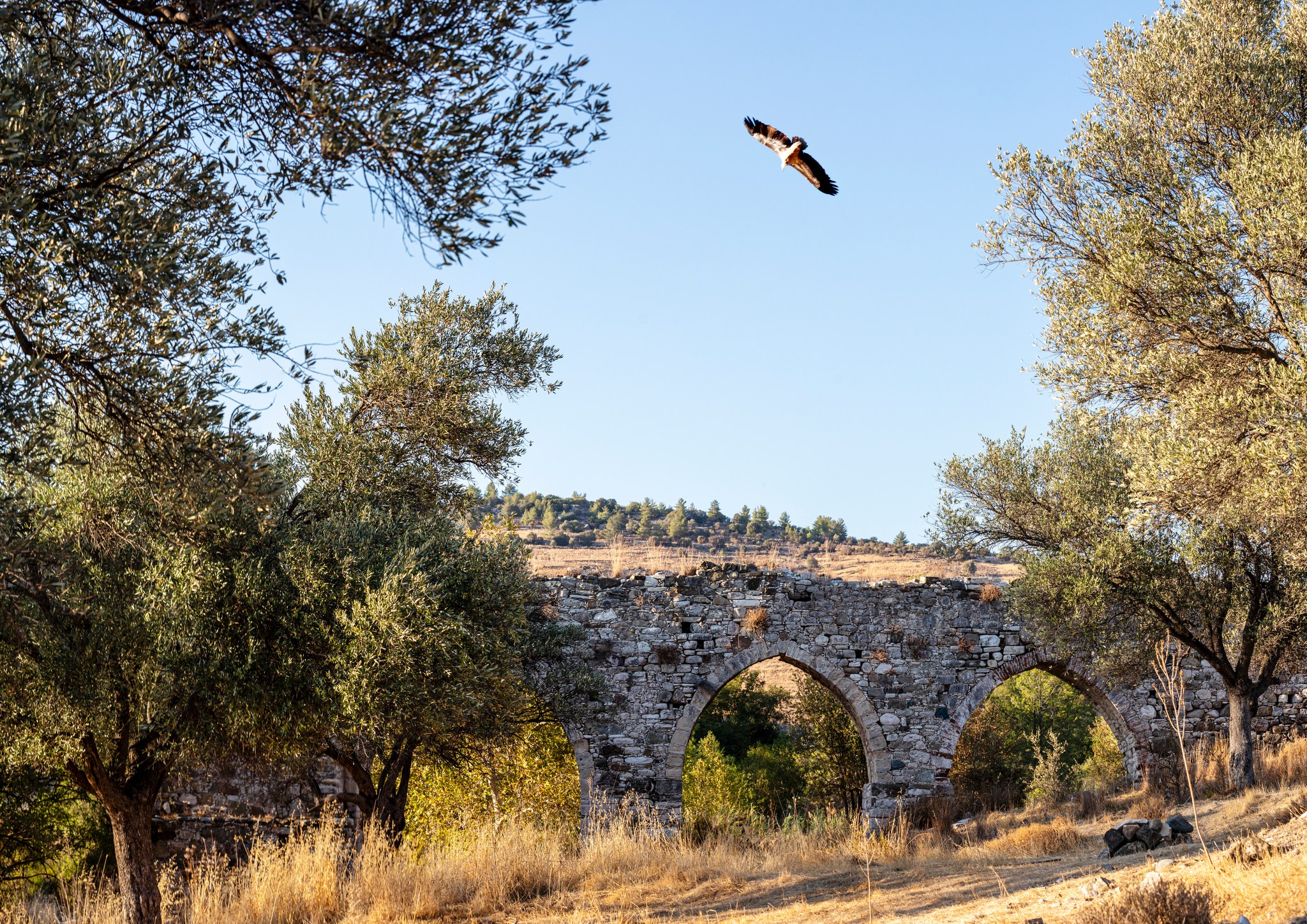
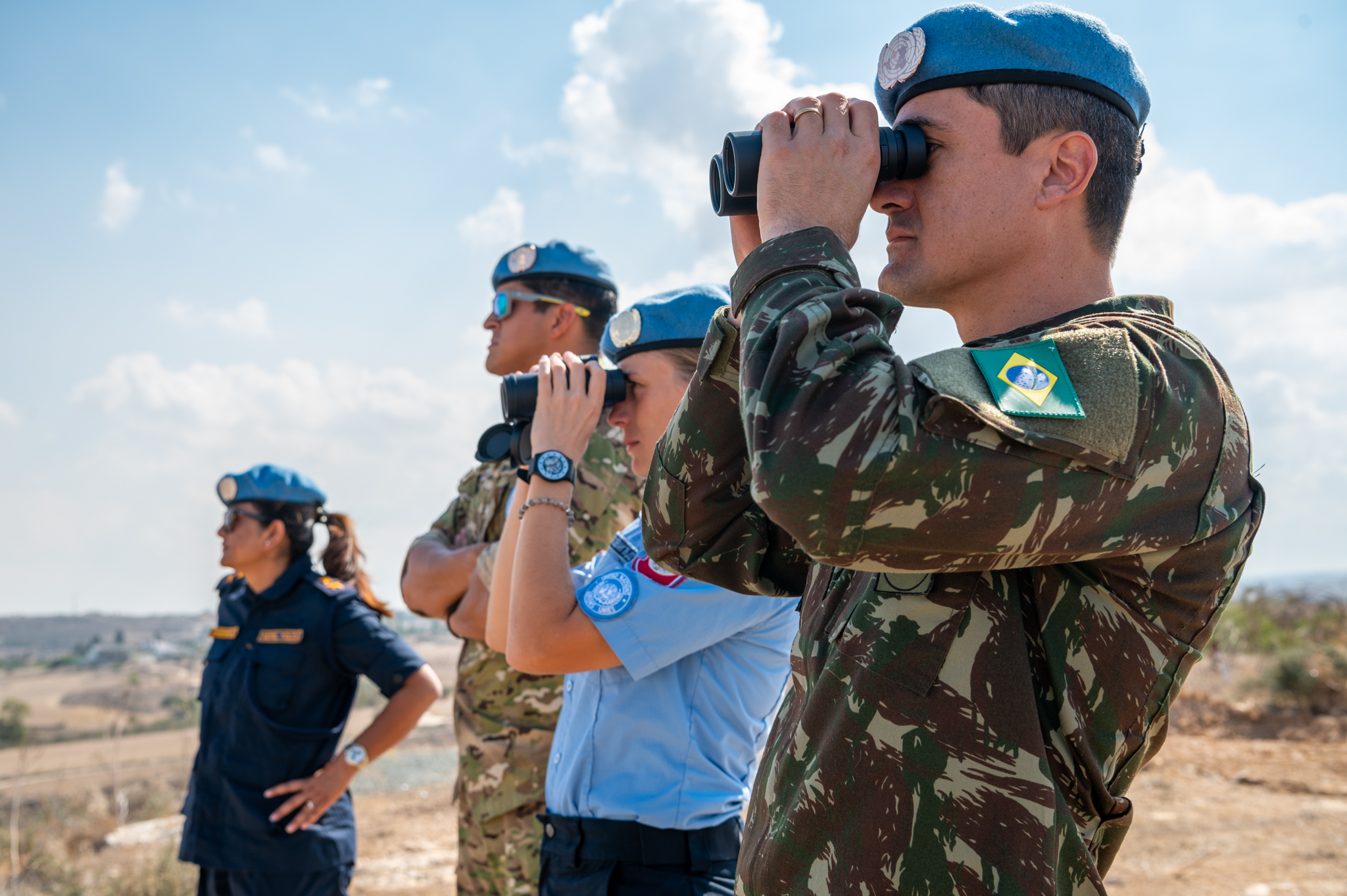
Click here to change your cookie preferences